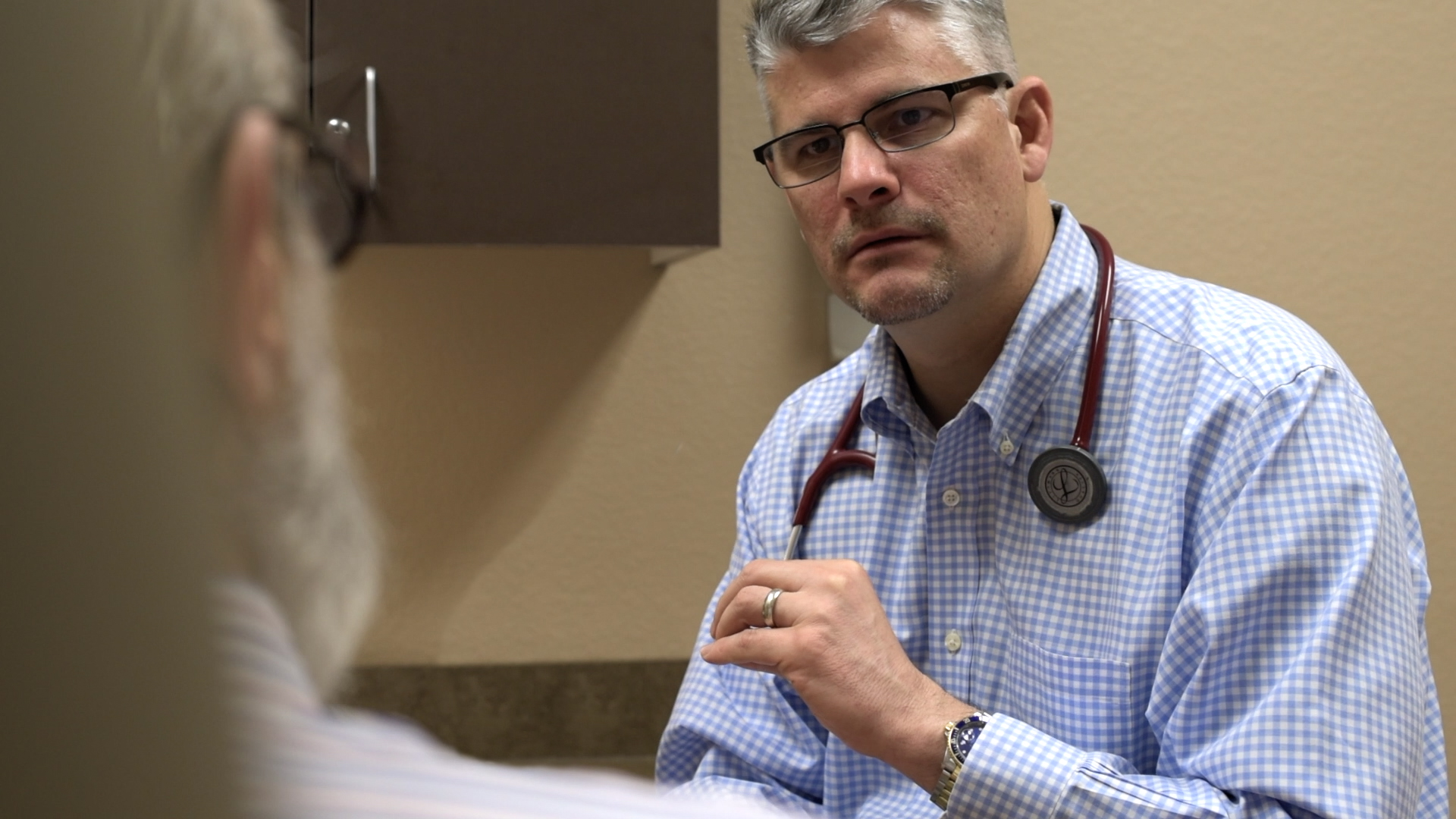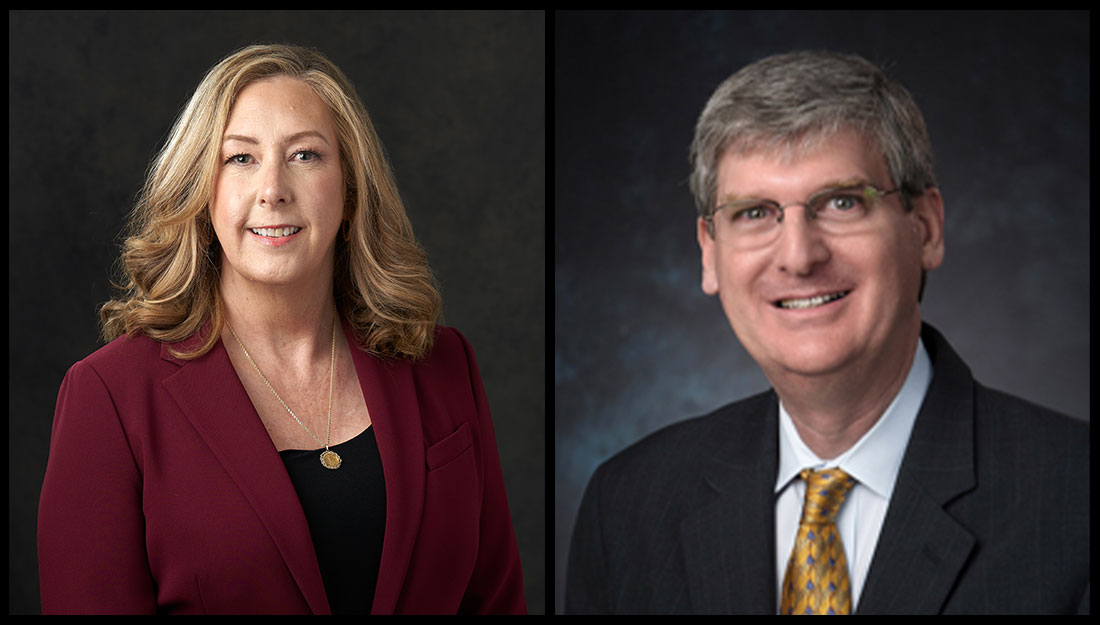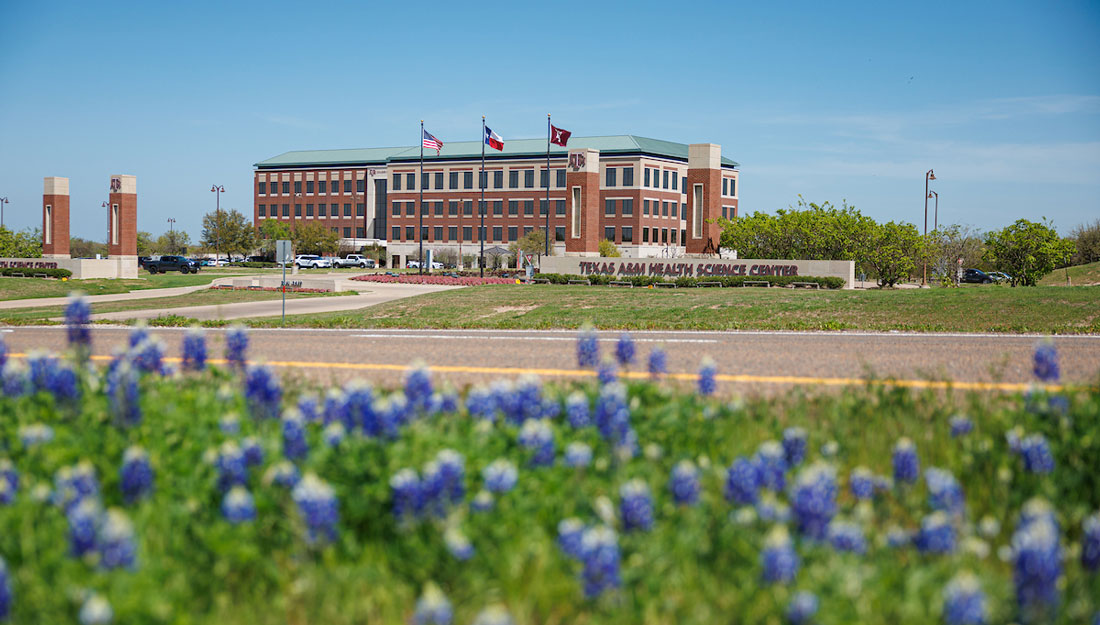Making “What If” Possible: Alan Leifeste, MD

When Alan Leifeste wakes up in the morning, there’s not a lot of noise from loud traffic or the bustle of people. It’s quiet, it’s peaceful and there’s a steady, calm tenderness about the morning. His family home is nestled in the Hill Country of Texas; the view from his kitchen window is of acres of rolling hills and twisting live oak trees. He has breakfast with his young son and wife, then heads in to town for work. In Kinglsand, Texas, Leifeste is the only physician.
Leifeste’s ranch was established in the 1840s by his family. Today it is home to cattle and white tailed deer. It’s more than just “old.” For Leifeste, it’s been a constant in his life; it’s been loyal to him, and it has shaped who he is as a person and a physician. He is proud to be there, and he’s proud to be serving that community.
As a kid, he spent his time outdoors here, hunting and fishing, playing in the creeks and ponds, working cattle. His time hunting and fishing made him comfortable with biology, and cleaning game and fish led to a certain familiarity with dissection and how bodies work. Later, when as a high school athlete he tore his ACL, learning how his knee worked and the surgery that let him continue on as an athlete sparked his interest in medicine.
The medical school chapter
After high school, Leifeste attended Texas A&M for his bachelor’s degree, and then stayed with the university for medical school.
“Texas A&M just grabbed me and hugged me,” Leifeste said. “People took an interest in you, and that was personal to me. I like the intimacy of the contact that I get with people. Texas A&M had that feel.”
The experience surrounding his torn ACL had really made an impression of him, and during medical school Leifeste thought he’d become an orthopedic surgeon. But the last rotation during his third year in family medicine changed all that.
“I got to do a rural family medicine rotation. I saw all kinds of patients,” Leifeste said. “I figured out that I enjoy talking to people, and I learned that I like the psychiatric aspects of medicine. I love procedures. I love obstetrics. These guys were doing all that.”
So he flipped a coin, literally.
“In good Aggie fashion, I flipped a coin,” Leifeste said. “I flipped it 10 times to be sure there wasn’t just random chance, and it came out seven to three, and that was for family medicine.”
While in medical school, Leifeste made one of his biggest life changing decisions: he took a Health Care Professional Scholarship with the U.S. Army. This meant that when he graduated medical school he’d commission to the Army.
The military chapter
Leifeste went on to complete a residency at Dwight David Eisenhower Army Medical Center in Augusta, Georgia. He was even named chief resident his last year.
One late summer day during that year, he was walking through the lobby of the cardiology waiting room when he saw a building on fire on the waiting room television. It was September 11, 2001. He says he remembers being floored by the news and they knew immediately that the United States would be at war.
“I was with my attending physicians, watching the TV, when the second plane hit. We looked at eacho other knowing we were at war and that our lives would be changed,” Leifeste said. “At that point, the whole base locked down. That day changed my life, like it did everybody else’s, and made me who I am today.”
He finished his residency and went on to his assignment at Fort Hood.
“I was in clinic there, and I get a tap on the shoulder basically, and they said ‘you’ve been requested to go,’” Leifeste said.
Leifeste was part of the first medical team to arrive in Baghdad. He flew out on his father’s birthday.
“As soon as we pulled up and started unloading the tailgate, we started getting casualties,” Leifeste said. “All my supplies were still in boxes, and we just had to get straight to it. We did about six to eight gunshot wounds every day in addition to fragment wounds, blast wounds and sick calls.”
Leifeste’s time in Baghdad didn’t get any easier, and it certainly got busier.
“I saw some fantastically good things in combat,” Leifeste said. “I tell people combat brings out the best of humanity and the absolute worst of humanity, and you see the whole spectrum, all the emotions. I learned a lot about myself and about medicine.”
Leifeste would later be selected as the physician for a U.S. military prison. But that military prison wasn’t just any military prison, it was the prison for the high-value detainees from the “Deck of Cards,” a who’s who from the Iraqi regime.
“I treated people who were doing what it took to be successful in the country and people who were borderline sociopaths, who were the hit men for the country, some killed hundreds of thousands of people.” Leifeste said. “As a physician, you don’t get to be partial. You have to do what is right, and sometimes that’s against your moral compass.”
The return home chapter
After the military, Leifeste practiced medicine in Beaumont, Texas, where he joined an existing group of physicians and began to work his way up to senior partner, and along the way he found new ways to help patients get the care they needed.
“We did a good job of taking care of people who were under-privileged,” Leifeste said. “We set up a foundation to help patients. I had a patient who had no insurance and she was wheelchair-bound. She had such bad arthritis of her hip that she couldn’t walk. It was a beautiful thing to be able to call a couple people and get that lady a new hip for free. She walked back in my office. That’s a life changing event.”
Along with the foundation, Leifeste was able to donate a scholarship to Texas A&M. “I can help somebody else get to where they want to be in life, and that’s cool,” he said.
Once his son was born, Leifeste decided it was time for him to return home to raise his family.
“Our ranch was the one constant in my life, and that steadiness is what I wanted for him,” said Leifeste. “The fact that I ended up in a community that needed a physician and has embraced me is kind of cool. I feel like I’m making a difference and I can go out to lunch and see people who know me and who I’ve helped and see them living their lives.”
Leifeste explained that medical school left a distinct impression on him and how he treats patients. “One of the best things I will remember from medical school was ‘If you listen to the patient, they will tell you what is wrong.’ Every day, that thought goes through my mind. If you just let them talk, they will tell you what’s wrong. I can’t say it’s ever failed me. Even people that don’t speak my language, they will tell you what’s wrong if you give them the time. The problem is, do you have the time to give them? If you make it a priority, you do have the time.”
Today, Leifeste sees about 25 to 30 patients a day. He explained that the rural location makes the type of medicine he practices unique. “This is a beautiful area, lots of land, it is rural, people spend a lot of time outside, and you never know what’s going to walk in the door,” Leifeste said. Days can be short or days can be long, I don’t know what I’m going to see, and that’s part of the fun of it.” He’s seen more pathology in the few years he’s been there than any other time of practicing medicine, including “all kinds of cancers.” And the area also breeds unique injuries; he mentions that it isn’t uncommon for people to come in with fingers or toes cut off from accidents with machinery or other injuries you’d only find in the country. For him the variety of his new patient population keeps him on his toes.
But he also explains that he has many ways to make people’s lives better.
“You’ve got to give a little bit of yourself, a little bit of your soul into what you do,” Leifeste said. “If I was an artist and didn’t have any passion for what I was doing, would I have a good painting? Probably not. As a physician, most of what we do is the art of medicine. It’s reaching a person and manipulating them the way you want them to do.”
Perhaps it’s the perspective that his chapters have helped create, but for Leifeste, medicine is an art, not simply a science. It is reaching a person on a deeper level and helping them change their behavior for their own betterment and quality of life.
“In the end, life is about chapters,” Leifeste said. “I’ve had some very fortunate things happen in my life, and I am grateful to Texas A&M, grateful for medicine, grateful for my old practice, grateful for this practice, and grateful for my family. I try to take care of people like I would my own family. That’s what service is. It’s being there, it’s being honest and it’s practicing good, ethical medicine to the best of your ability.”
Media contact: media@tamu.edu


